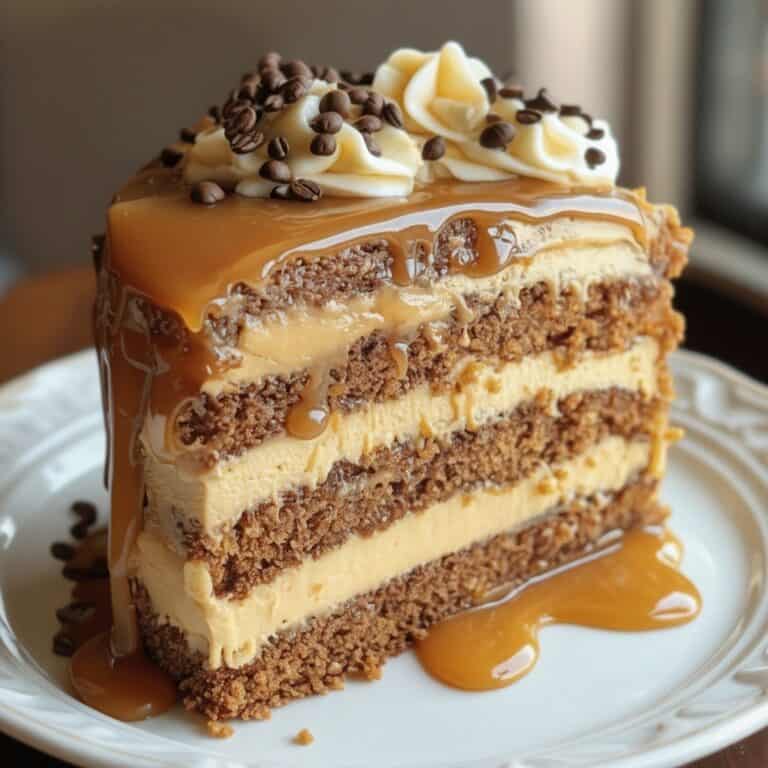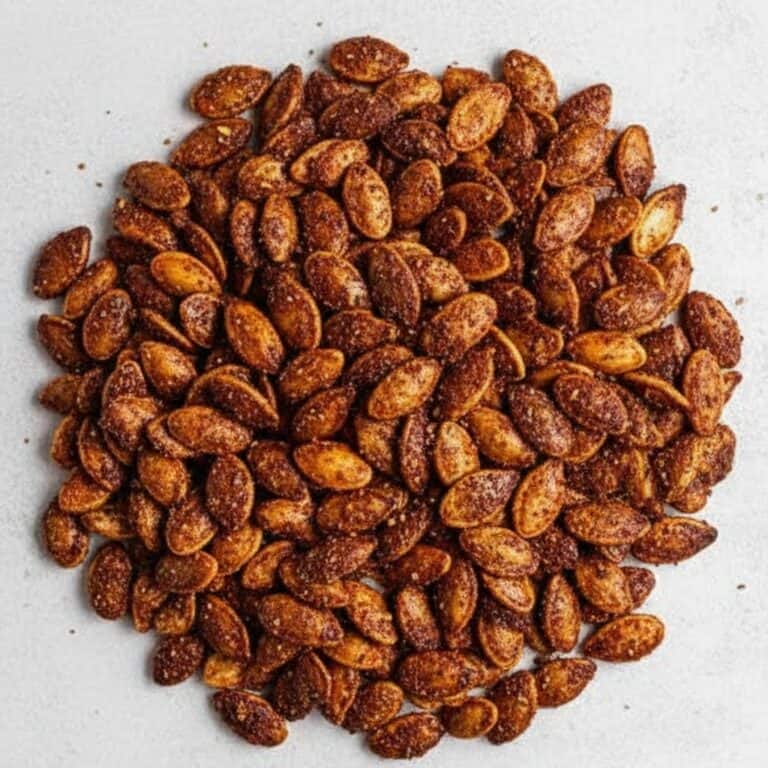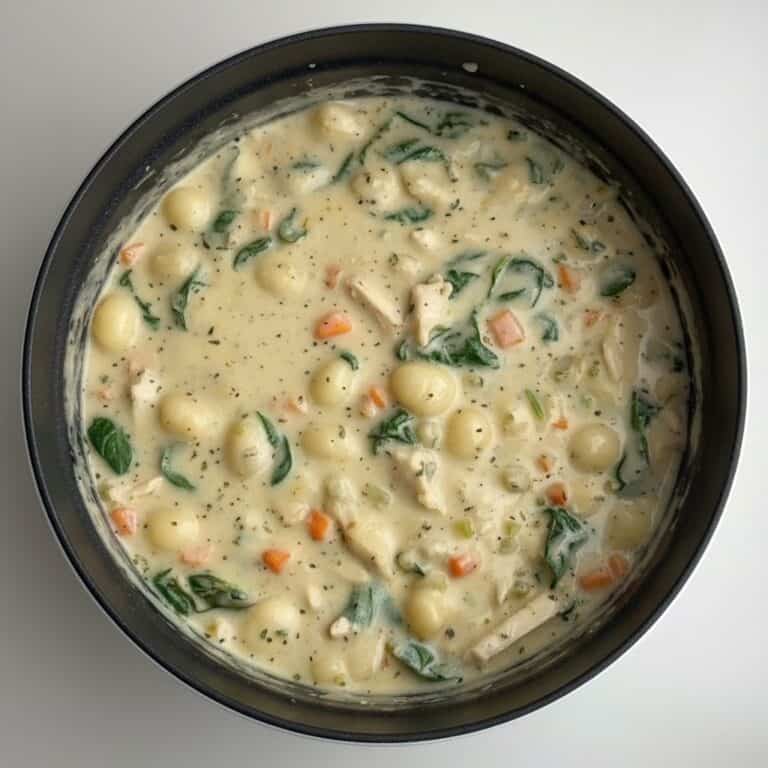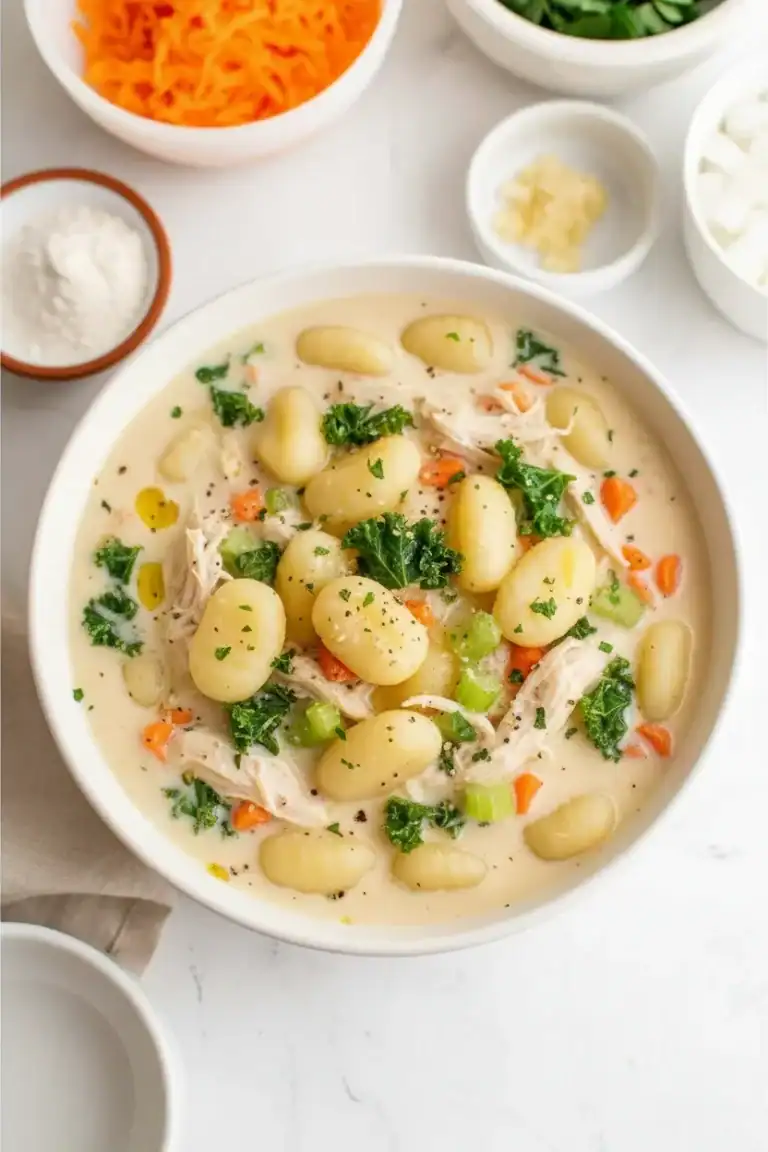Tasty rhubarb pie recipes – Delicious & Easy!
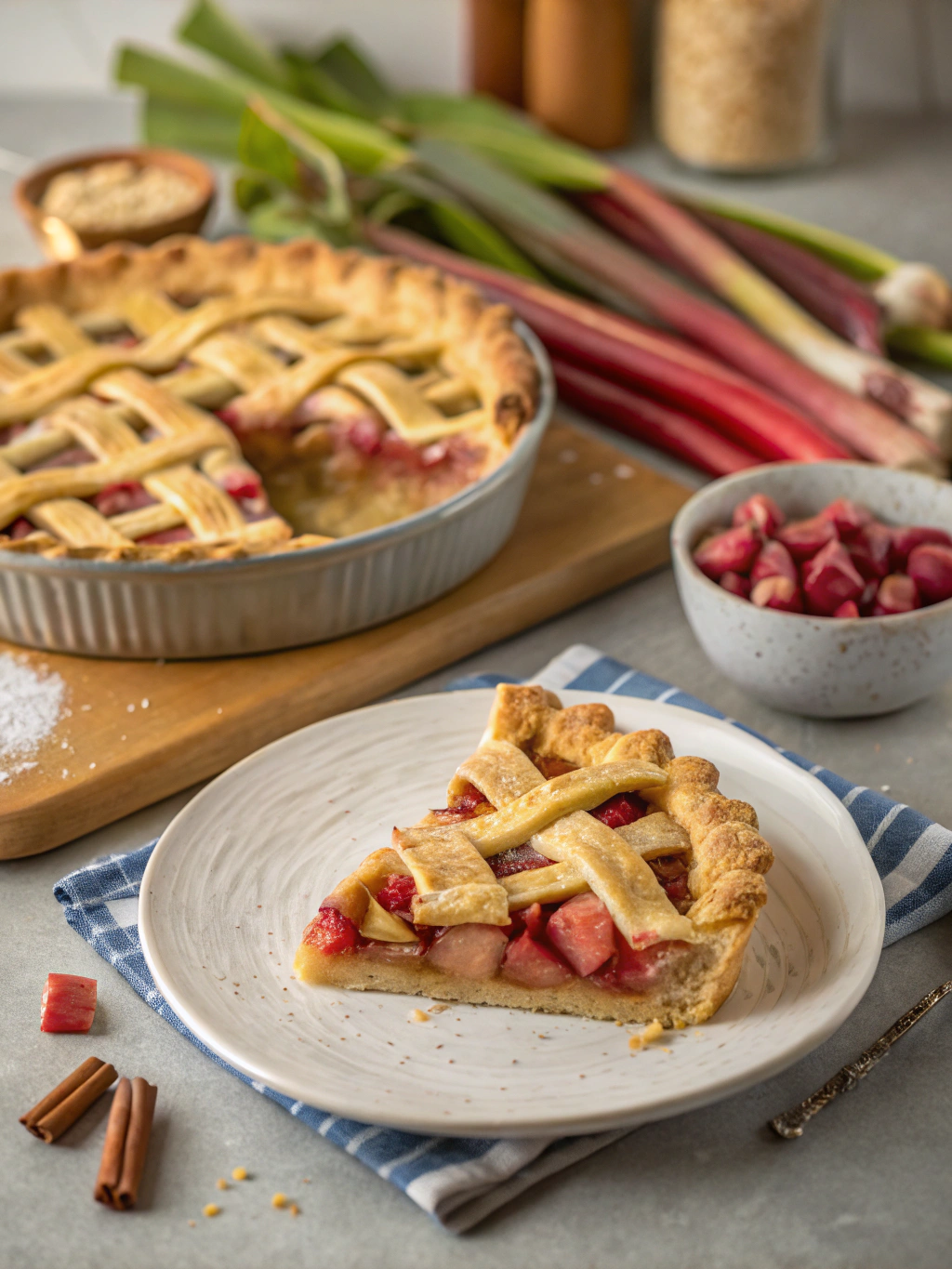
Is there anything quite as comforting and delightfully tart as a warm slice of homemade rhubarb pie, perhaps with a dollop of creamy custard or a scoop of vanilla ice cream? For many of us, the vibrant pink stalks of rhubarb signal the arrival of spring and summer, bringing with them memories of childhood kitchens and the delicious promise of a truly special rhubarb dessert.
If you’ve ever wondered how to create this iconic British treat, or if you’re looking for new ways to enjoy it, you’re in the right place. We’re here to guide you through everything you need to know about crafting sensational rhubarb pie recipes, from selecting the best rhubarb to achieving that perfect golden-brown crust.
Why We Love Rhubarb Pie Recipes
There’s an undeniable charm to rhubarb pie that we find simply irresistible. It’s that wonderful dance between the sharp, tangy flavour of the rhubarb and the comforting sweetness of the sugar, all encased in a buttery, flaky pastry. We love how versatile it is; whether you prefer a straightforward, traditional pie, a version with a crunchy crumble topping, or one that incorporates other fruits, there’s a rhubarb pie out there for everyone.
For many of us in Britain, it’s a taste of nostalgia, a reminder of family baking and the changing seasons. The sight of those vibrant pink stalks often brings a smile, heralding warmer days and the promise of a delicious, home-baked treat. It truly is a cornerstone of British baking, a dessert that feels both special and wonderfully down-to-earth.
Understanding Rhubarb: More Than Just a Tart Stalk
Before we dive into the recipes, let’s get to know our star ingredient a little better. Rhubarb is, botanically speaking, a vegetable, but in the culinary world, we almost always treat it as a fruit, especially in desserts. Its distinctive tartness is what makes it so unique and well-suited for pies, crumbles, and jams, where sugar can balance its assertive flavour. It’s important to remember a crucial safety point: only the stalks of the rhubarb plant are edible. The leaves contain oxalic acid and are poisonous, so always discard them carefully.
When is Rhubarb in Season?
We eagerly await rhubarb season each year! In the UK, you’ll typically find two main types. First, there’s “forced” rhubarb, which is grown in dark, warm sheds. This variety is available earlier in the year, usually from January to March. Forced rhubarb is often more tender, sweeter, and has a more delicate pink colour. Then comes maincrop rhubarb, which is grown outdoors. This is generally available from April through to September. It tends to have a more robust flavour and can vary in colour from red to green.
Choosing the Best Rhubarb for Your Pie
Selecting good quality rhubarb will make a big difference to your final pie. When you’re at the greengrocer or supermarket, we recommend you look for stalks that are firm, crisp, and without blemishes or soft spots. Don’t worry too much about the colour; while deep red stalks look beautiful, green-tinged rhubarb can be just as flavourful and tender. Sometimes, thinner stalks are thought to be more tender, but thicker ones are perfectly fine too – you might just want to chop them a little smaller for your pie.
Essential Ingredients for Our Favourite Rhubarb Pie
To create what we consider the best rhubarb pie, you’ll need a few key components. We’ll focus on the elements for a delightful, classic version.
For the Perfect Rhubarb Pie Filling
- Fresh rhubarb stalks (about 500-750g, depending on your pie dish size)
- Granulated or caster sugar (adjust to taste, typically 150-250g)
- Plain flour or cornflour (2-3 tablespoons, for thickening)
- A tiny pinch of salt (to enhance flavours)
- Optional flavour enhancers: 1 teaspoon vanilla extract, zest of half an orange, or ½ teaspoon ground ginger or cinnamon.
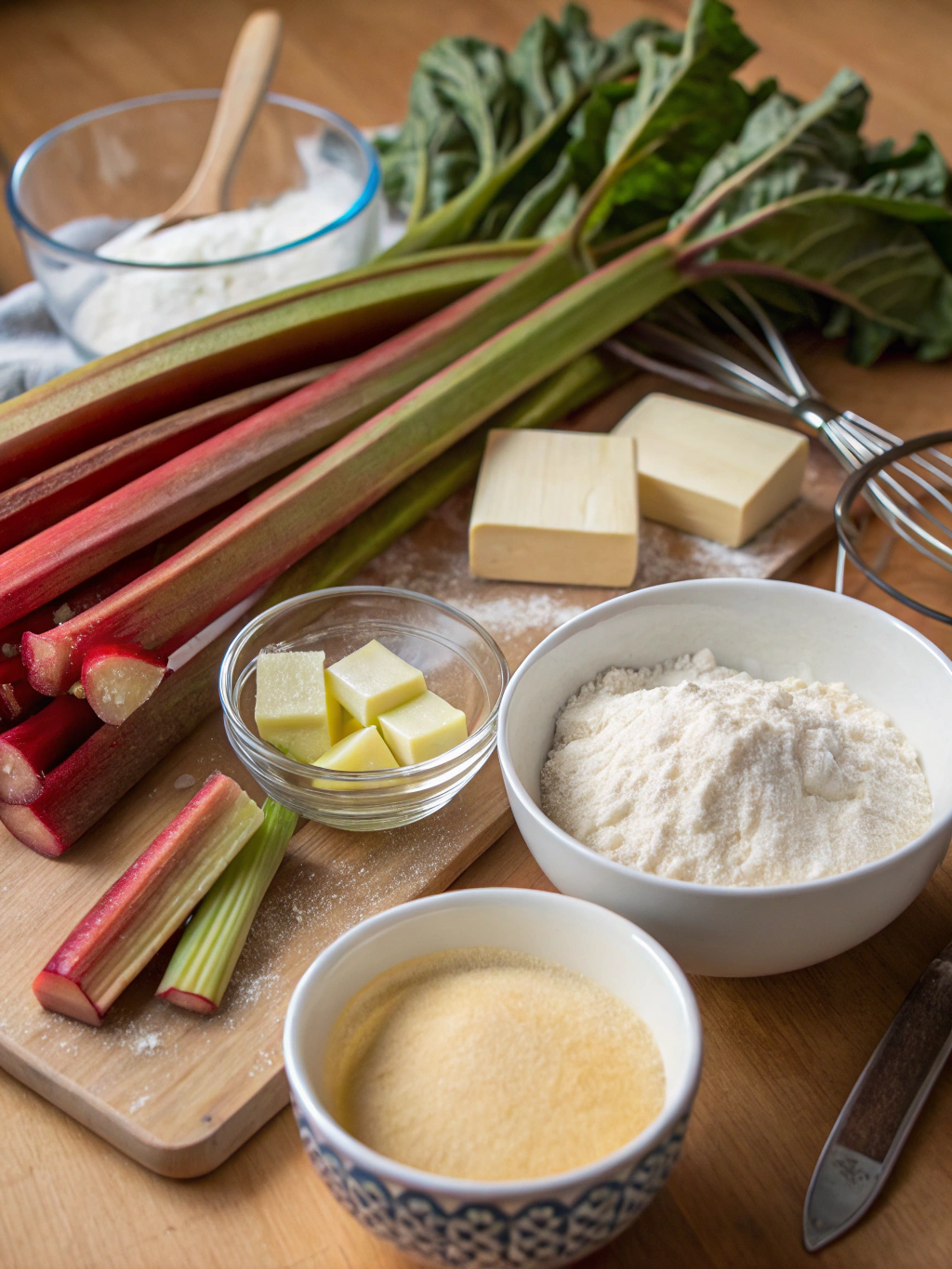
For a Flaky, Buttery Pastry
You have two choices here: make your own shortcrust pastry (it’s easier than you think!) or use a good quality ready-made one to save time.
If making your own, you’ll need:
- 225g plain flour, plus extra for dusting
- 110g cold unsalted butter, cubed (or a mixture of butter and lard for extra flakiness)
- A pinch of salt
- 2-3 tablespoons of iced cold water
- Optional: 1 medium egg, beaten (for an egg wash to glaze the pastry)
Step-by-Step Guide: Making Rhubarb Pie from Scratch
Now for the exciting part – let’s get baking! We’ll guide you through each stage to create a truly delicious pie.
Preparing the Rhubarb
- First, wash your rhubarb stalks thoroughly under cold running water.
- Trim off the very ends of the stalks and, most importantly, remove and discard any leaves if they are still attached. Remember, rhubarb leaves are not edible. For more detailed guidance on preparing rhubarb, including tips on how to handle different types, this guide on how to prepare rhubarb from BBC Good Food is an excellent resource.
- Chop the clean stalks into small pieces, about 1-2cm (roughly half an inch) wide. There’s generally no need to peel young, tender rhubarb. If the stalks are particularly old or stringy, you might want to peel off the toughest outer layer.
Making the Pie Filling
- In a large mixing bowl, combine your chopped rhubarb with the sugar. The amount of sugar is a personal preference and also depends on how tart your rhubarb is. We suggest starting with around 200g of sugar for 600g of rhubarb and then you can always adjust next time.
- Add your chosen thickener – typically 2 to 3 tablespoons of plain flour or cornflour. This is crucial for preventing a soggy bottom and ensuring your filling sets nicely.
- If you’re using any optional flavourings like vanilla extract, orange zest, or ground ginger, stir them in now.
- Gently mix everything together until the rhubarb is well coated. We recommend letting this mixture sit for about 15-30 minutes. This process, called maceration, allows the rhubarb to release some of its natural juices, which then combine with the sugar and thickener, helping to create a lovely syrupy filling.
Crafting the Perfect Pastry (or using ready-made)
Making Pastry from Scratch:
- We start by combining the plain flour and salt through a fine sieve into a chilled mixing bowl, creating an even blend of dry ingredients. We then incorporate the chilled, diced butter, working it through the flour mixture with our fingertips until it forms a texture similar to coarse breadcrumbs. We maintain a brisk pace to preserve the butter’s temperature. We slowly introduce the ice-cold water, adding just one tablespoon at a time whilst stirring with a chilled knife blade until the mixture begins to bind together. We take care to avoid excessive moisture, which could result in tough pastry. We transfer the mixture onto a lightly dusted work surface and carefully gather it into a cohesive, smooth sphere without excessive handling. We separate the pastry into two unequal sections, with the larger piece designated for our base layer. Each portion gets wrapped in plastic wrap and refrigerated for a minimum of half an hour. This chilling stage is essential for allowing the gluten strands to settle, ensuring our pastry rolls more easily and maintains its shape during the baking process.
Using Ready-Made Pastry:
If we’re using ready-made pastry, we simply allow it to come to room temperature according to the packet instructions before rolling it out.
Assembling Your Rhubarb Pie
- Preheat your oven to 200°C (180°C Fan/Gas Mark 6). Lightly grease a 23cm (9-inch) pie dish.
- On a lightly floured surface, we roll out the larger piece of pastry until it’s about 3-4mm thick and large enough to line our pie dish with some overhang. We carefully transfer the pastry to our prepared pie dish. A simple technique we use involves wrapping the pastry loosely around our rolling pin, then carefully unfurling it across the dish. We softly mould the pastry against the bottom and along the edges of our tin, afterwards cutting away surplus dough from the border whilst maintaining a small extension. We then distribute our prepared rhubarb mixture uniformly throughout the pastry-covered dish.
- Roll out the second piece of pastry for the lid. You can either make a solid lid or cut the pastry into strips to create a lattice top, which looks very attractive and helps steam escape.
- If using a solid lid, place it over the filling. Trim the edges so they align with the base pastry. Press the edges of the top and bottom pastry together firmly to seal. You can crimp the edges decoratively with your fingers or a fork.
- If you’ve made a solid lid, make a few small slits in the centre to allow steam to escape during baking. This is important to prevent the filling from bubbling out too much.
- For a lovely golden-brown finish, brush the top of the pie with a little beaten egg or milk. You can also sprinkle a little extra caster sugar on top for a bit of crunch.
Baking to Golden Perfection
- Place the pie on a baking tray (this helps to catch any potential drips and makes it easier to handle).
- We bake the pie in our preheated oven for 20 minutes, then reduce the oven temperature to 180°C (160°C Fan/Gas Mark 4).
- We continue baking for another 25-35 minutes, until the pastry turns a beautiful golden brown and the rhubarb filling bubbles gently. We’ll know it’s ready when we spot juices peeking through the steam vents or lattice work.
- If we notice the crust browning too quickly at any point, we loosely cover the top of our pie with a piece of aluminium foil to prevent over-browning.
- After baking is complete, we take the pie out of the oven and place it on a cooling rack for a minimum of 30-45 minutes, although we frequently allow additional time before cutting and presenting. This resting period is essential as it enables the filling to firm up correctly, resulting in neater portions when sliced.
- Through our experience, we’ve discovered that a moderately warm pie, as opposed to scalding hot, typically provides the most appealing texture and taste.
Top Tips for the Best Rhubarb Pie Every Time
We’ve picked up a few tricks over the years to help ensure your rhubarb pie is a triumph:
- Chill your pastry: If making homemade pastry, don’t skip the chilling time. Cold pastry is easier to handle and results in a flakier crust.
- Thicken wisely: Rhubarb releases a lot of liquid. Using a good thickener like cornflour, plain flour, or even tapioca starch is essential to avoid a runny pie.
- Taste and adjust: Rhubarb varies in tartness. Taste a tiny piece of your raw rhubarb (if you’re brave!) or, more safely, a little of the filling mixture before it goes in the pie, and adjust the sugar if needed.
- Cool it down: We can’t stress this enough – let your pie cool! This allows the filling to thicken and set, preventing a soupy slice.
- Prevent a soggy bottom: For an extra-crisp bottom crust, you can blind bake the pastry base for 10-15 minutes before adding the filling. Simply line the raw pastry case with baking parchment, fill with baking beans or uncooked rice, and bake. Remove the beans and paper before adding the filling.
- Lattice for looks and function: A lattice top isn’t just pretty; it also helps steam escape more effectively, which can contribute to a less watery filling.
Variations on a Classic: Exploring Different Rhubarb Pie Recipes
While a classic rhubarb pie is hard to beat, we love experimenting! Here are a few popular variations:
Strawberry Rhubarb Pie: A Sweet Twist
This is perhaps the most famous pairing with rhubarb, and for good reason! We find that the sweetness of ripe strawberries beautifully complements the tartness of the rhubarb, Retry, creating a truly harmonious flavour. We usually aim for a ratio of about 60% rhubarb to 40% strawberries, but feel free to adjust to your liking. You might find you need slightly less sugar overall when adding strawberries. Simply prepare the fruit as usual and mix it together for the filling.
Rhubarb Crumble Pie: For the Love of Texture
If you adore the buttery, oaty topping of a crumble, why not combine it with a pie? For a rhubarb crumble pie, you prepare your pastry base and rhubarb filling as usual. Then, instead of a pastry lid, you top it with a generous layer of crumble mixture. A simple crumble can be made by rubbing 100g cold butter into 175g plain flour and 75g sugar (demerara or soft brown sugar works well) until it resembles breadcrumbs. You can also add rolled oats for extra texture. Bake until the topping is golden and the filling is bubbly.
Adding Ginger or Orange: A Zesty Kick
Rhubarb pairs wonderfully with warming spices and citrus notes. Ginger, in particular, is a fantastic companion. We like to add about 1-2 teaspoons of ground ginger or 1 tablespoon of finely chopped crystallised ginger to the rhubarb filling. Orange is another great match; the zest and a little juice from one orange can really brighten the flavour of the rhubarb. Don’t be afraid to try other spices too – a pinch of cinnamon or nutmeg can also add a lovely warmth.
Watch: How to Make an Easy Rhubarb Pie
Sometimes, seeing is believing! We’ve found this wonderfully clear and easy rhubarb pie video tutorial that walks you through the process. It’s perfect for beginners and shows just how simple making a delicious rhubarb pie can be.
Serving Suggestions for Your Delicious Rhubarb Pie
The beauty of a homemade rhubarb pie is that it’s delicious served in so many ways! Here are some of our favourite accompaniments:
- Hot with Custard: This is a quintessential British pairing. A jug of warm, creamy vanilla custard poured over a slice of hot rhubarb pie is pure comfort.
- Warm or Cold with Ice Cream: A scoop of good quality vanilla ice cream melting into a warm slice of pie is heavenly. Clotted cream ice cream is also a fantastic choice.
- With Cream: A generous dollop of clotted cream, double cream, or even a lighter single cream works wonderfully.
- Simply Dusted: If you prefer to let the rhubarb flavour shine on its own, a simple dusting of icing sugar is all you need.
We often enjoy rhubarb pie as the perfect end to a Sunday roast, or as a delightful treat with an afternoon cup of tea. For those who enjoy other fruit-based desserts, a slice of this pie might remind them of the comforting, fruity appeal found in something like an Applesauce Cake Recipe.
Storing Your Homemade Rhubarb Pie
If you’re lucky enough to have leftovers, here’s how we recommend storing your rhubarb pie:
- Ensure the pie has cooled completely before storing.
- Cover it loosely with cling film, foil, or place it in an airtight container.
- Your pie can be stored at room temperature for up to 2 days.
- If you need to store it for longer (up to 4-5 days), it’s best to keep it in the refrigerator.
- To reheat, you can place individual slices in the oven at a moderate temperature (around 160°C/Gas Mark 3) for 10-15 minutes until warmed through, or use a microwave for a quicker option (though the pastry won’t be as crisp).
- You can also freeze rhubarb pie. Once completely cool, wrap the pie (or individual slices) well in cling film and then foil, or place in a freezer-safe container. It can be frozen for up to 3 months. Thaw overnight in the refrigerator and then reheat as above.
Conclusion: Your Perfect Rhubarb Pie Awaits!
We hope this comprehensive guide has demystified the process and inspired you to try your hand at one of these delightful rhubarb pie recipes. There’s a unique satisfaction that comes from transforming those tart, vibrant stalks into a warm, comforting dessert that’s guaranteed to bring smiles to faces. Whether you opt for a classic recipe, venture into a strawberry rhubarb creation, or top it with a crunchy crumble, the journey of baking a rhubarb pie is as rewarding as the delicious result.
So, why not plan a baking session? Head to your local greengrocer or market, pick up some fresh, seasonal rhubarb, and roll up your sleeves. We truly believe that with these tips and instructions, you’re well on your way to baking your best rhubarb pie yet. We’d love to hear about your rhubarb pie adventures and any special twists or family secrets you add to your creations. Please feel free to share your experiences and questions in the comments below!
Happy baking from all of us!


